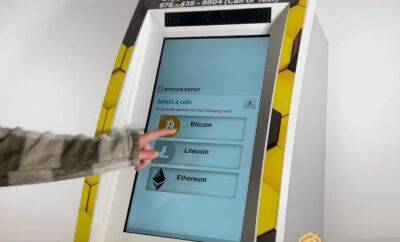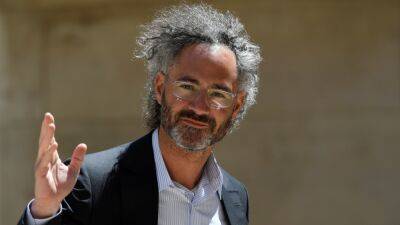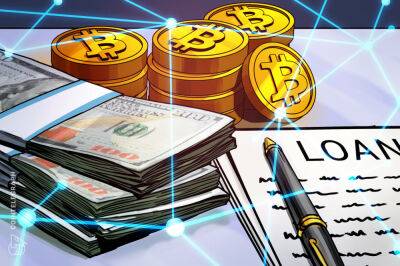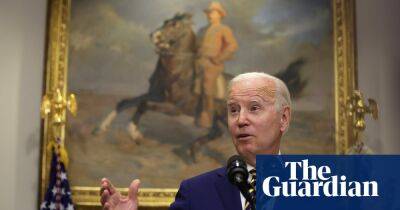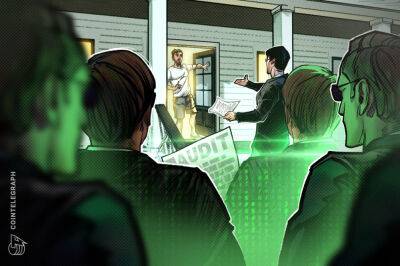Biden says his student loan relief is ‘life-changing’. Will it fix the system’s inequities?
As President Joe Biden announced the details of his plan to help those with student loan debt, Kat Welbeck wrestled with the idea. For millions of Americans, the unprecedented relief would be “life-changing”, especially for low-income and Black and Latino Americans, who are disproportionately saddled with decades-long debt, she said.
But the plans’ income cap on who can receive cancellation, and its unclear bureaucratic process for Americans seeking debt relief could perpetuate the inequities that underpin the nation’s student loan system, Welbeck, director of advocacy and civil rights counsel for the Student Borrower Protection Center, said.
“While a $10,000 cancellation is so meaningful for millions of student loan borrowers, there’s a lot that’s still to be done to fix this student debt crisis,” Welbeck says.
On Wednesday, the White House released its long-anticipated plan on how to tackle the nation’s mounting $1.6tn student loan debt, accounting for more than 43 million people, with almost a third owing less than $10,000, according to federal data.
The initiative would cancel up to $10,000 in debt for borrowers who earn less than $125,000 a year ($250,000 for married couples). Borrowers whose low income level qualified them for a Pell Grant will receive up to $20,000 in relief. The White House also extended a pause for “one final time” on student loan payments through January.
The White House has projected that the plan would eliminate full debt balances for 20 million Americans and that 90% of debt relief dollars would go toward people with incomes less than $75,000. The White House also touted it as an effort to “advance racial equity”, pointing to its targeted relief for those received Pell Grants. Officials noted
Read more on theguardian.com




![Can Shiba Inu - Can Shiba Inu [SHIB] keep calm despite declining DeFi, NFT volume - ambcrypto.com - city Santimentthat - city Santimenteven](https://finance-news.co/storage/thumbs_400/img/2022/9/22/41995_m8ks.jpg)



